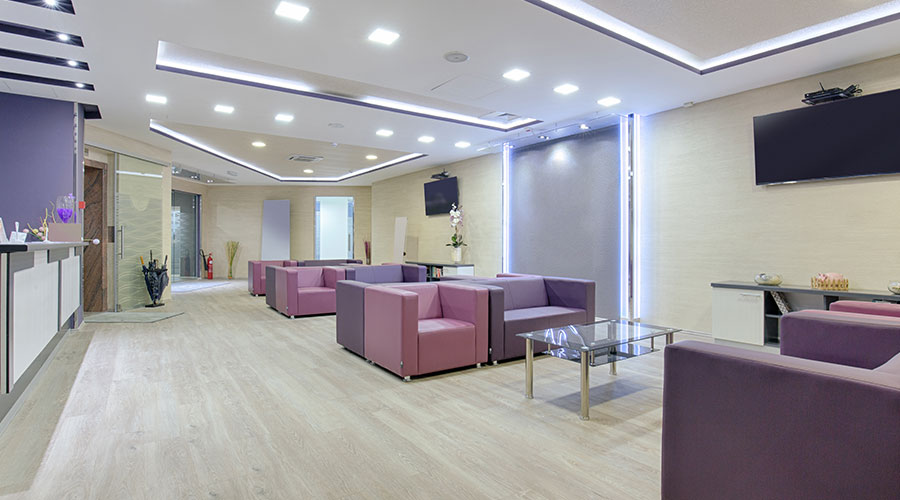In today’s healthcare environment, furniture has to do more than provide its basic functions. In the wake of the COVID-19 pandemic – and in response to stricter infection control standards and patient expectations – manufacturers are rethinking furniture to meet a new set of demands. Cleanability, durability and safety remain key, but now they must coexist with aesthetics, comfort and sustainability.
In this manufacturer roundtable, Healthcare Facilities Today spoke with furniture and textile manufacturers about how healthcare furniture design has changed to support infection prevention while enhancing the care environment.
How has the design of healthcare furniture evolved over the years to better support infection prevention and control efforts within facilities?
“Post-pandemic demands have heightened the need for healthcare environments that not only adhere to more stringent performance and sustainability standards but are also welcoming and comfortable. Whereas ease of maintenance and disinfection used to be a primary consideration, now healthcare product design has to balance aesthetic excellence with strict safety and cleaning protocols, as well as longevity and durability. Designers have to equally consider holistic patient wellbeing, facilities maintenance, and staff and tighter healthcare budgets requiring product durability and longevity.”
— Mary Holt, chief design strategist, Carnegie
“Improved communication between manufacturers and clients has assisted in a better understanding of what obstacles need to be overcome with design. Allseating conducts focus groups to hear the needs of a variety of decision makers (from facilities to nurses, designers, end-users, etc.) so that solutions such as removable covers, clean out and others are incorporated into design.
Textile technology has come so far in the last 5 years that it allows for better cleanability, more patterns, and more color ways–a contrast to the muted, less vibrant colors of the past. The evolution of crypton, PVC FREE, as well as other textiles that have a sustainability story but also maintain cleanability has been a game changer. Development of copper-infused components like solid surfaces and mesh has enabled clients to have options when it comes to infection prevention.”
— Cindy Lawton-Moreby, vice president of sales, Allseating / Stephanie Smith, marketing director, Allseating / Scott Leyden, sales representative, Allseating
“We see the design and manufacturing of furniture with finishes that can be easily cleaned to wash away any sort of bacteria or pathogen, or anything that could cause infection. We’ve also seen changes in the furniture’s structure – there are less seams and cracks, less intersections of material, which are difficult to effectively clean. Necessarily, some things are actually built right into the design of a furniture piece to make it easier clean. This includes space between the seat and the back or the seat and the arm so that things like crumbs and liquids drop straight through to the floor for easier cleanup – called clean outs.
Really, healthcare furniture design has evolved immensely over the years to improve easy cleanability, preventing toxins, bacteria and food from building up on the furniture over time. And that cannot be done irrespective of aesthetics now.
Infection control has always been a concern in healthcare design, and specifically in healthcare furniture design. That said, it became more prevalent in 2012 with the addition of HCAHPS (Hospital Consumer Assessment of Healthcare Providers and Systems), which, among other regulations, issues fines to hospitals for readmission, especially if any illnesses are caused from hospital-acquired infection. So, because it then became a monetary concern, there was an increased focus on infection control, especially related to furniture and surfaces.”
— Rod Vickroy, Assoc. AIA, RID, LEED AP, vertical brand segment manager, Haworth
Jeff Wardon, Jr., is the assistant editor of the facilities market.

 Report: Healthcare Ransomware Attacks Up 21 Percent in 2024
Report: Healthcare Ransomware Attacks Up 21 Percent in 2024 St. Louis Community College's Nursing and Health Sciences Center Opens
St. Louis Community College's Nursing and Health Sciences Center Opens Park Royal Hospital Falls Victim to Phishing Attack
Park Royal Hospital Falls Victim to Phishing Attack Patient Found Dead at New Jersey Psychiatric Hospital
Patient Found Dead at New Jersey Psychiatric Hospital